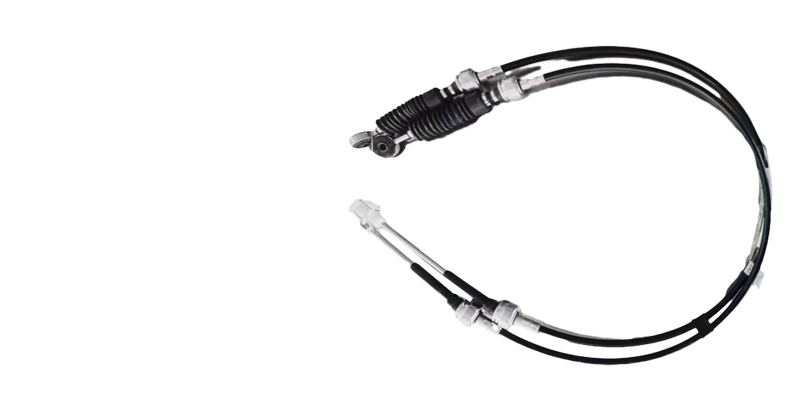Understanding the Importance of E-Brake Lines in Vehicle Safety and Performance
Understanding the E-Brake Line A Critical Component of Vehicle Safety
The e-brake line, commonly known as the emergency brake line or parking brake line, plays a pivotal role in a vehicle's braking system. Although often overshadowed by the main hydraulic brake system, the e-brake line is crucial for ensuring safety, particularly when the vehicle is parked or when the primary brakes fail. This article delves into the importance of the e-brake line, its components, how it functions, and key maintenance tips.
What is the E-Brake Line?
The e-brake line connects the parking brake lever in the vehicle’s cabin to the rear brakes. This line is typically a flexible cable made of high-strength materials designed to withstand tension and wear. When engaged, the e-brake line pulls on the rear brake components to initiate braking, either by mechanically applying the brakes or by activating a hydraulic system in more advanced vehicles.
Importance of the E-Brake Line
The primary function of the e-brake line is to provide a backup braking system. In the event the primary brakes fail due to hydraulic system failure or any other issue, the e-brake offers a critical safety mechanism to help bring the vehicle to a stop. Additionally, the e-brake is essential for securing the vehicle when parked, particularly on inclines or uneven surfaces. A properly functioning e-brake ensures that the vehicle remains stationary, preventing potential rollaways that could lead to accidents.
How Does the E-Brake Line Work?
Understanding how the e-brake line works involves looking at how the parking brake is activated. When the driver pulls the handbrake lever or presses the foot-operated parking brake, it pulls a cable connected to the e-brake line. This tension is transmitted to the rear brake drums or discs, causing them to engage and create friction against the wheel. In most vehicles, the e-brake is designed to work independently of the main braking system, ensuring that even in a hydraulic failure, the vehicle can be stopped.
e brake line

Signs of a Failing E-Brake Line
It's crucial for drivers to be aware of potential issues with the e-brake line. Common signs of a failing e-brake include the following
- Increased Resistance If the handbrake feels stiff or harder to pull, this may indicate that the e-brake line is fraying or has become embedded with debris. - Stretched Line If the e-brake does not hold the car in place when engaged, this may suggest that the line is stretched or that its adjustment has been compromised. - Unusual Noises Grinding or scraping noises when pulling the handbrake could signal that the brake shoes or pads are worn out or that the e-brake cable is damaged. Maintenance Tips for the E-Brake Line
Regular maintenance of the e-brake line is vital to ensure its reliability and longevity. Here are some essential tips for upkeep
1. Routine Inspections Regularly check the e-brake system for signs of wear, including the condition of the cables and connections. 2. Adjustments If the e-brake is not holding well, it may need adjustment. Consult a professional mechanic to ensure proper tension and alignment. 3. Lubrication Apply a silicone-based lubricant to the e-brake cable to minimize friction and prevent corrosion. 4. Brake Component Checks Regularly inspect the brake pads and shoes for wear, as these components directly affect the e-brake’s performance.
Conclusion
The e-brake line might not be the most prominent part of a vehicle’s braking system, but its importance cannot be overstated. As a critical safety feature, it provides both emergency stopping power and a reliable way to secure the vehicle when parked. Understanding its components, function, maintenance, and potential issues can help drivers ensure they remain safe on the road. Regular maintenance and immediate attention to warning signs are keys to preventing e-brake line failures, ultimately keeping both the vehicle and its occupants safe.
-
Upgrade Your Control with Premium Throttle CablesNewsAug.08,2025
-
Stay in Control with Premium Hand Brake CablesNewsAug.08,2025
-
Experience Unmatched Performance with Our Clutch HosesNewsAug.08,2025
-
Ensure Safety and Reliability with Premium Handbrake CablesNewsAug.08,2025
-
Enhance Your Vehicle with High-Performance Clutch LinesNewsAug.08,2025
-
Elevate Your Ride with Premium Gear CablesNewsAug.08,2025
